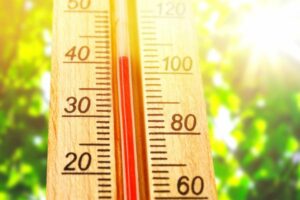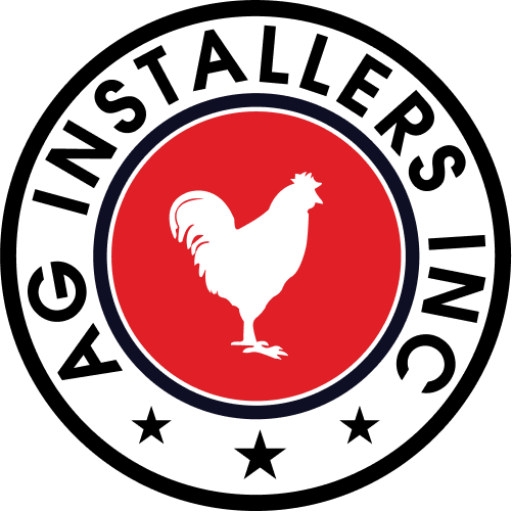 As temperatures outside start to rise, it’s crucial to take proactive measures to make sure your birds stay cool all summer long. Here are some tips to help maintain consistent barn temperature, and keep your birds productive and healthy.
As temperatures outside start to rise, it’s crucial to take proactive measures to make sure your birds stay cool all summer long. Here are some tips to help maintain consistent barn temperature, and keep your birds productive and healthy.
Fans– Be sure to check fan belts for tightness and wear. Even one broken fan belt can lead to bird loss if not found quickly. The belts should ride on top of the pulley, rather than inside. Now’s the time to replace any belts that are looking thin or are starting to crack. You’ll also want to make sure all fan bearings are greased and the fan housing and shutter is as clean as possible. Even a thin layer of film or dust can affect the airflow and reduce fan performance.
Cool Cells– If your farm is using cool cell pads, make sure all pads are cleaned with an approved cleanser to remove all mineral deposits. A clean pad is an efficient one, and at high outside temps, 1-2 degrees can make all the difference. Dirty or clogged pads can also block air flow and decrease fan performance. You’ll also want to make sure your cool cell reservoir is being flushed often. As water evaporates over the pads, the minerals are left behind and can start to build up in the system over time. Flushing the cool cell system help remove unwanted debris and keep your cool cells running efficiently.
Tunnel Doors/Shutters– As barn temperatures rise, the use of tunnel doors and shutters becomes more constant. These openings are designed specific to the fan capacity, so you’ll want to make sure that all limit switches are properly set, and all hardware is working properly. This is also a good time to do a visual inspection of the entire house to ensure there are no unwanted holes or cracks where air can enter the barn. Any air coming in from sidewall inlets can reduce wind velocity and limit the efficiency of your evaporative cooling system.
